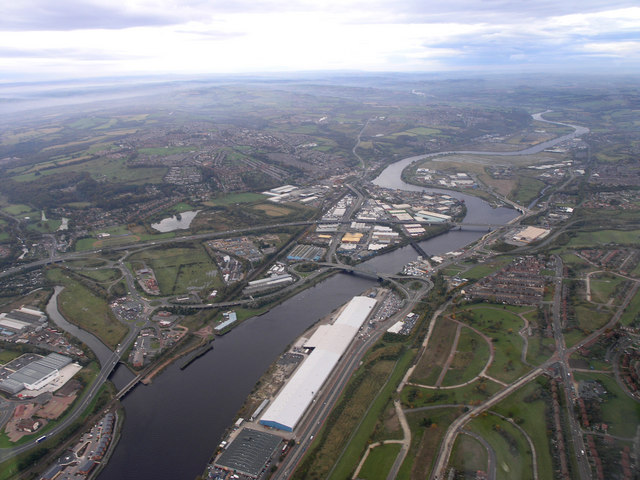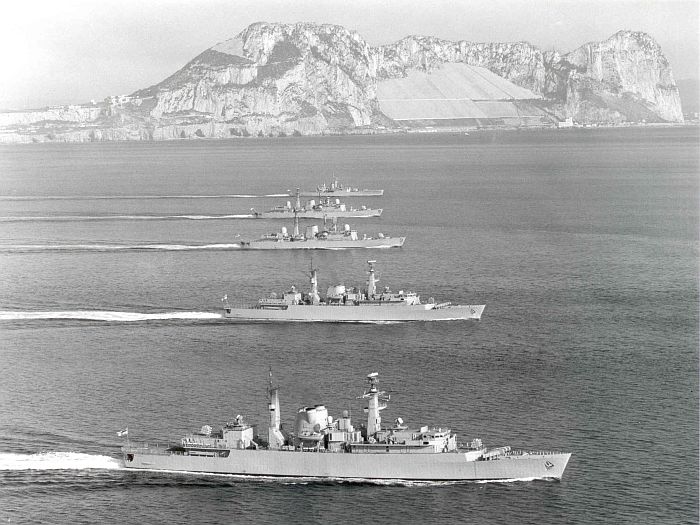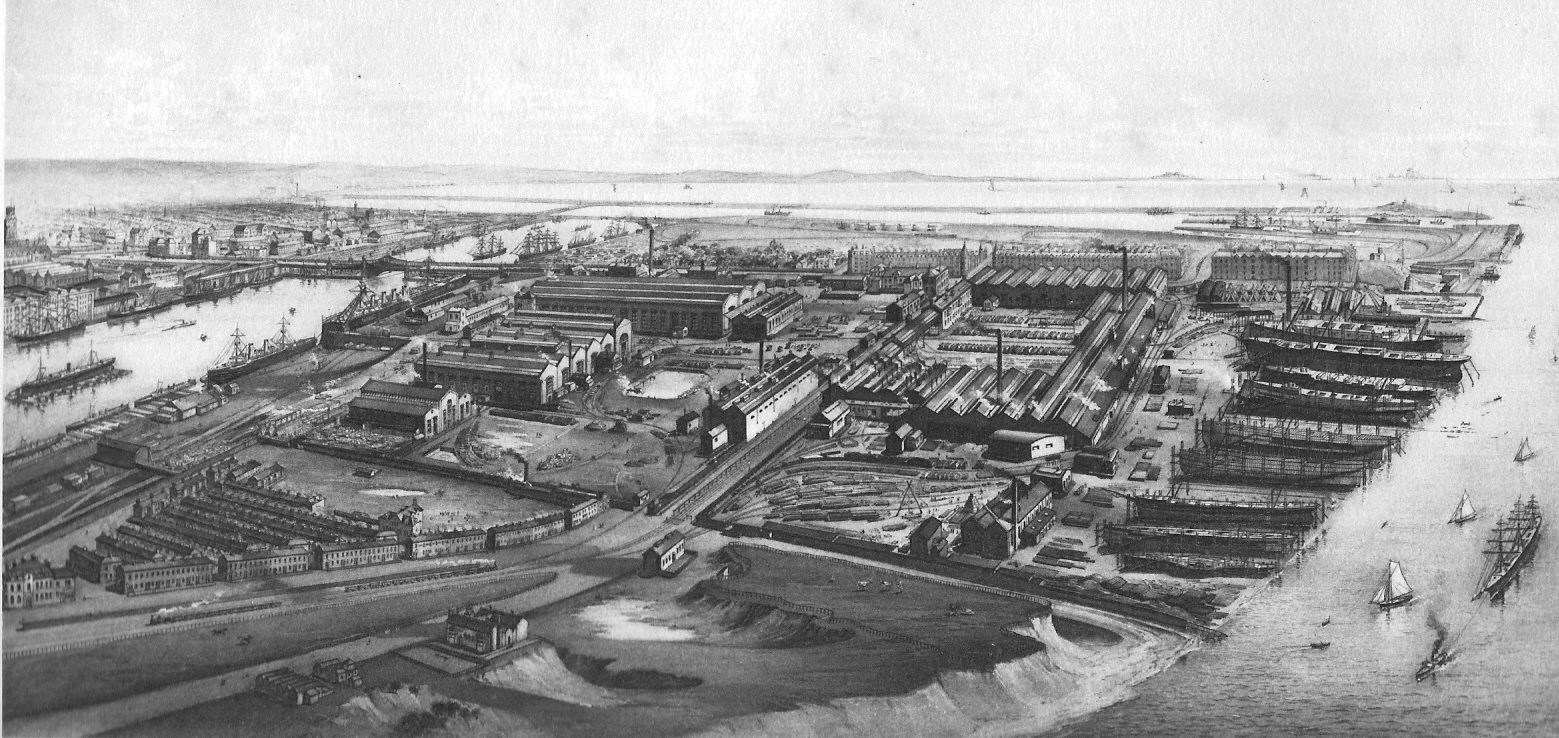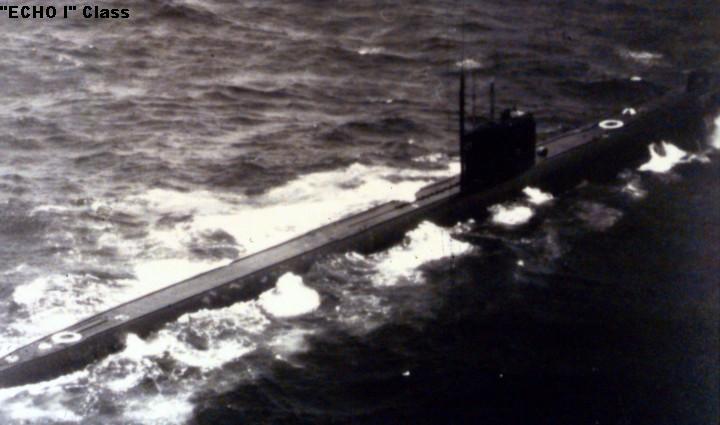|
HMS Warspite (S103)
The latest HMS ''Warspite'' was the third of Britain's nuclear-powered submarines, and the second (and final) of the . After entering service in 1967 she collided with a Soviet submarine the following year. A mechanical failure associated with the submarine's nuclear reactor in 1991 led to the boat being laid up at HMNB Devonport where she awaits disposal. Operational history The second ''Valiant''-class submarine, to be called ''Warspite'', was ordered from Vickers-Armstrong's Barrow shipyard on 12 December 1962, and was laid down on 10 December 1963.Blackman 1971, p. 336. She was launched on 25 September 1965 by Mary Wilson, the wife of the then British Prime Minister Harold Wilson, and entered service on 18 April 1967. In October 1968 whilst following a Soviet boat identified as an Echo II-class submarine, ''Warspite'' collided with the stern and propellers of that boat. ''Warspite'' suffered damage to her fin but after surfacing to inspect damage was able to submerge a ... [...More Info...] [...Related Items...] OR: [Wikipedia] [Google] [Baidu] |
Vickers-Armstrongs
Vickers-Armstrongs Limited was a British engineering conglomerate formed by the merger of the assets of Vickers Limited and Sir W G Armstrong Whitworth & Company in 1927. The majority of the company was nationalised in the 1960s and 1970s, with the remainder being divested as Vickers plc in 1977. It featured among Britain's most prominent armaments firms. History Vickers merged with the Tyneside-based engineering company Armstrong Whitworth, founded by William Armstrong, to become Vickers-Armstrongs. Armstrong Whitworth and Vickers had developed along similar lines, expanding into various military sectors and produced a whole suite of military products. Armstrong Whitworth were notable for their artillery manufacture at Elswick and shipbuilding at a yard at High Walker on the River Tyne. 1929 saw the merger of the acquired railway business with those of Cammell Laird to form Metropolitan Cammell Carriage and Wagon (MCCW); Metro Cammell. In 1935, before rearmament ... [...More Info...] [...Related Items...] OR: [Wikipedia] [Google] [Baidu] |
Ceremonial Ship Launching
Ceremonial ship launching involves the performing of ceremonies associated with the process of transferring a vessel to the water. It is a nautical tradition in many cultures, dating back millennia, to accompany the physical process with ceremonies which have been observed as public celebration and a solemn blessing, usually but not always, in association with the launch itself. Ship launching imposes stresses on the ship not met during normal operation and in addition to the size and weight of the vessel represents a considerable engineering challenge as well as a public spectacle. The process also involves Sailors' superstitions, many traditions intended to invite good luck, such as baptism#Boats and ships, christening by breaking a sacrificial bottle of champagne over the bow (ship), bow as the ship is named aloud and launched. Methods There are three principal methods of conveying a new ship from building site to water, only two of which are called "launching". The ol ... [...More Info...] [...Related Items...] OR: [Wikipedia] [Google] [Baidu] |
Falklands War
The Falklands War () was a ten-week undeclared war between Argentina and the United Kingdom in 1982 over two British Overseas Territories, British dependent territories in the South Atlantic: the Falkland Islands and Falkland Islands Dependencies, its territorial dependency, South Georgia and the South Sandwich Islands. The conflict began on 2 April 1982, when 1982 invasion of the Falkland Islands, Argentina invaded and Occupation of the Falkland Islands, occupied the Falkland Islands, followed by the invasion of South Georgia the next day. On 5 April, the British government dispatched a British naval forces in the Falklands War, naval task force to engage the Argentine Navy and Argentine Air Force, Air Force before making an Amphibious warfare, amphibious assault on the islands. The conflict lasted 74 days and ended with an Argentine Argentinian surrender in the Falklands War, surrender on 14 June, returning the islands to British control. In total, 649&nbs ... [...More Info...] [...Related Items...] OR: [Wikipedia] [Google] [Baidu] |
Queen's Gallantry Medal
The King's Gallantry Medal (KGM), formerly the Queen's Gallantry Medal (QGM), is a United Kingdom decoration awarded for exemplary acts of courage, bravery where the services were not so outstanding as to merit the George Medal, but above the level required for the King's Commendation for Bravery. History The Queen's Gallantry Medal was instituted on 20 June 1974 to replace the Order of the British Empire for Gallantry and the British Empire Medal for Gallantry, which ended the anomaly where the Order of the British Empire for Gallantry was awarded for lesser acts of bravery than the George Medal but took precedence over it in the Military awards and decorations of the United Kingdom, Order of Wear. In addition, the QGM replaced the Overseas Territories Police Medal, Colonial Police Medal for Gallantry (the last award of which was made in November 1974). It ''de facto'' replaced awards of the Sea Gallantry Medal, but this has never been formally announced. The Royal Warrant for ... [...More Info...] [...Related Items...] OR: [Wikipedia] [Google] [Baidu] |
Liverpool
Liverpool is a port City status in the United Kingdom, city and metropolitan borough in Merseyside, England. It is situated on the eastern side of the River Mersey, Mersey Estuary, near the Irish Sea, north-west of London. With a population of (in ), Liverpool is the administrative, cultural and economic centre of the Liverpool City Region, a combined authority, combined authority area with a population of over 1.5 million. Established as a borough in Lancashire in 1207, Liverpool became significant in the late 17th century when the Port of Liverpool was heavily involved in the Atlantic slave trade. The port also imported cotton for the Textile manufacture during the British Industrial Revolution, Lancashire textile mills, and became a major departure point for English and Irish emigrants to North America. Liverpool rose to global economic importance at the forefront of the Industrial Revolution in the 19th century and was home to the Liverpool and Manchester Railway, firs ... [...More Info...] [...Related Items...] OR: [Wikipedia] [Google] [Baidu] |
Orion Publishing Group
Orion Publishing Group Ltd. is a UK-based book publisher. It was founded in 1991 and acquired Weidenfeld & Nicolson the following year. The group has published numerous bestselling books by notable authors including Ian Rankin, Michael Connelly, Nemir Kirdar, and Quentin Tarantino. History Orion Books was launched in 1992, with Orion purchasing the assets of Chapman Publishers the following year. In the same year (1993), Orion acquired a warehousing and distribution centre called Littlehampton Book Services (LBS), which was based in Sussex in the UK. A majority share capital of Orion was sold to Hachette Livre in 1998, before Hachette Livre became the sole owner of the Orion Publishing Group in 2003. In December 1998, Orion acquired publishing house Cassell, whose imprints included Victor Gollancz Ltd. This imprint became a part of the Orion group and Orion also took ownership of the Cassell Military list. After acquiring Hodder Headline, Hachette UK was formed, with Orion ... [...More Info...] [...Related Items...] OR: [Wikipedia] [Google] [Baidu] |
Port Of Barrow
The Royal Port of Barrow refers to the enclosed dock system within the town of Barrow-in-Furness, England. Morecambe Bay is to the east of the port and the Irish Sea surrounds it to the south and west. The port is currently owned and operated by Associated British Ports Holdings, but some land is shared with BAE Systems Submarine Solutions. Currently consisting of four large docks, the Royal Port of Barrow is one of North West England's most important ports. The docks are as follows: Buccleuch Dock, Cavendish Dock, Devonshire Dock and Ramsden Dock. The port of Barrow is the only deep water port between the Mersey and the Clyde. Barrow shipyard is one of the largest in the United Kingdom (it has built well over 800 vessels in its history), rivalled only by those in Belfast, Birkenhead and Govan. It is also home to the country's only submarine production facility. The port is heavily involved with the transportation of natural gases and other forms of energy from local sit ... [...More Info...] [...Related Items...] OR: [Wikipedia] [Google] [Baidu] |
Echo-class Submarine
The Echo class were nuclear cruise missile submarines of the Soviet Navy built during the 1960s. Their Soviet designation was Project 659 for the first five vessels, and Project 675 for the following twenty-nine. Their NATO reporting names were Echo I and Echo II. All were decommissioned by 1994. Echo I class The Soviet Echo I class (Project 659 class) were completed at Komsomolsk in the Soviet far east in 1960 to 1963. The Echo I class were classed as SSGNs armed with six launchers for the P-5 Pyatyorka (SS-N-3C, "Shaddock") land-attack cruise missile. The Echo I class had to operate in a strategic rather than anti-shipping role because of the lack of fire control and guidance radars. As the Soviet SSBN force built up, the need for these boats diminished so they were converted to the Project 659T SSNs between 1969 and 1974. The conversion involved the removal of the cruise missiles, the plating over and the streamlining of the hull to reduce underwater noise of the launch ... [...More Info...] [...Related Items...] OR: [Wikipedia] [Google] [Baidu] |
Soviet Navy
The Soviet Navy was the naval warfare Military, uniform service branch of the Soviet Armed Forces. Often referred to as the Red Fleet, the Soviet Navy made up a large part of the Soviet Union's strategic planning in the event of a conflict with the opposing superpower, the United States, during the Cold War (1945–1991). The Soviet Navy played a large role during the Cold War, either confronting the North Atlantic Treaty Organization in western Europe or power projection to maintain its Warsaw Pact, sphere of influence in eastern Europe. The Soviet Navy was divided into four major fleets: the Soviet Northern Fleet, Northern, Pacific Fleet (Russia), Pacific, Black Sea Fleet, Black Sea, and Baltic Fleet, Baltic Fleets, in addition to the Leningrad Naval Base, which was commanded separately. It also had a smaller force, the Caspian Flotilla, which operated in the Caspian Sea and was followed by a larger fleet, the 5th Operational Squadron, 5th Squadron, in the Mediterranean Sea. The ... [...More Info...] [...Related Items...] OR: [Wikipedia] [Google] [Baidu] |
Navy News
''Navy News'' is the official newspaper of the British Royal Navy The Royal Navy (RN) is the naval warfare force of the United Kingdom. It is a component of His Majesty's Naval Service, and its officers hold their commissions from the King of the United Kingdom, King. Although warships were used by Kingdom ..., produced by a small team of editorial and support staff and published by the Ministry of Defence on a monthly basis. The content of the newspaper is varied, ranging from information for all serving personnel of whatever rank or specialisation to Sea Cadets and former shipmates. Members of the public with an interest in the Royal Navy, Royal Marines and the Fleet Air Arm also have access to the newspaper. The newspaper is distributed free to serving personnel (ratio 1:5), and is available to members of the public through subscription or through a newsagent. Up to 35,000 copies are printed each month. ''Navy News'' includes sections on news; special features; sport; ... [...More Info...] [...Related Items...] OR: [Wikipedia] [Google] [Baidu] |






